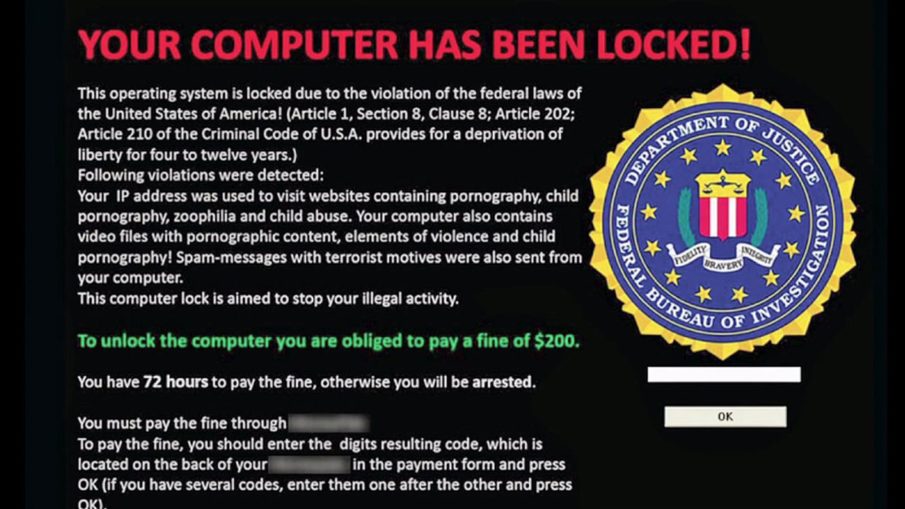The increase in ransomware started three years ago. By the reports of IC3, the number of these scams tripled just in the USA over the last two years. Their malicious intention can be evaded easily with few simple measures of precaution.
Be 100% Sure You Know the Sender
Before you even think of opening some email that’s not looking right check sender’s credentials. Ransomware usually comes from either banks or close personal contacts. So, first, check with them! Bank can confirm whether or not they are behind the potential threat. On the other side, your friend/family member might be a victim. If they don’t confirm sending you something, the infection is doing it by itself.
Check The Content of The Message Few Times
Read the content carefully! Most of the times the message is a template. Your bank/friend allegedly received something from you. Instantly check your “sent” box to verify that. This well-engineered bait is design to gain user’s trust in order to make him/her click on the message.
Never Click on Links Inside of Email
This is something that should be obeyed for any kind of mail. Both safe and unsafe! If it’s leading to bank’s website or some other location online you can find it yourself. Open the browser and check its value. A good thing to do is to check its web reputation. This will show you what kind of business this is all about.
Have Your Software Up-To-Date
Your protection service should be always maintained and up-to-date. It’s still impossible to decrypt codes used by ransomware, but if you don’t hook on one there isn’t any need for that. Your antivirus software won’t clean it from your computer, but it will ensure that ransomware never gets there in the first place.
Backup!
Just in case, backup all of your important data regularly. As mentioned before, it’s not possible to decrypt infected files. If you don’t want to pay for them, have them stored safely LOCALLY. To be 100% sure, have few copies on different media storages. What can also come in handy are cloud-based services.

